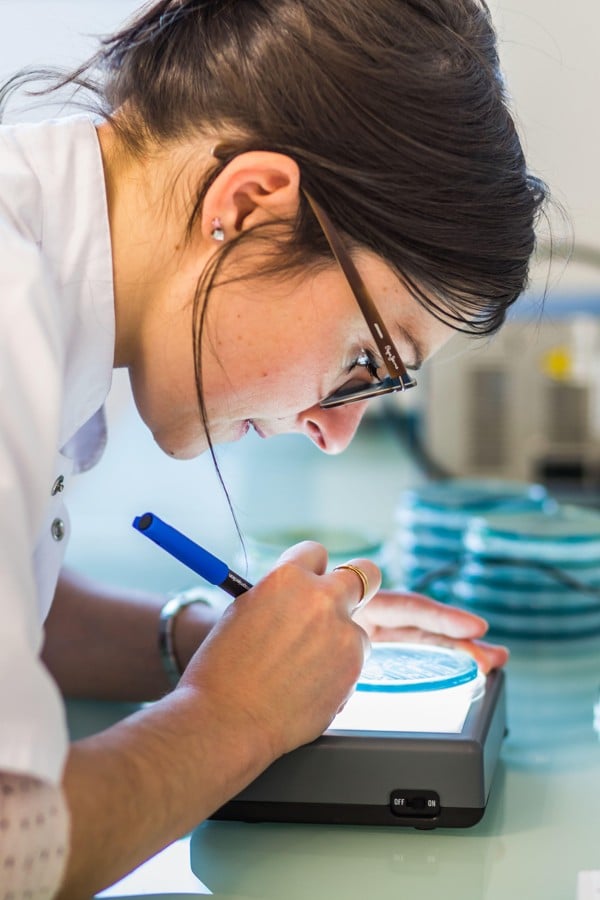
Hong Kong banknotes breeding ground for antibiotic-resistant superbugs, study finds
HK$20 bills have 48 times more antibiotic-resistant bacteria capable of being easily spread than samples collected elsewhere
Hong Kong banknotes are teeming with antibiotic-resistant bacteria whose DNA can “jump around”, spreading resistance, a team of scientists at the University of Hong Kong has found.
Associate professor Gianni Panagiotou, who led the study, said there was a “relatively high risk” of an outbreak of infectious disease in the city.
Researchers collected wads of HK$20 notes from shops at 12 hospitals and three MTR stations across Hong Kong and then scraped bacteria from the money and analysed the DNA.
“We targeted hospitals because that’s where you find concentrations of people with a higher than average quantity of pathogens in their personal microbial ecologies,” says Panagiotou, also head of systems biology at the Hans Knoell Institute in Germany. “We thought any microbial trends would be amplified in the hospital environment, as well as at busy MTR stations.”

The most abundant bacteria was Propionibacterium acnes, which lives in the skin pores and hair follicles of healthy people, but can trigger skin conditions including acne and blepharitis (infection of the eyelids).
Antibiotic resistance, which renders antibiotic drugs powerless against disease, is regarded as an emerging public health crisis. In the banknote samples, the team identified genes that confer bacteria with resistance to antibiotics commonly prescribed by Hong Kong doctors.
The most prevalent resistant gene the study found helps bacteria gain immunity to chloramphenicol, an antibiotic commonly used to treat the eye condition conjunctivitis, and in greater doses to fight meningitis and typhoid fever.
The way that resistance is encoded in the bacteria’s DNA affects its ability to spread resistance to other bacteria, and the team also tested the “dissemination potential” of genes.

The team analysed how the microbiome – the bacterial community – of the banknotes compares with samples collected from drinking water, people’s hands, the air in MTR stations and marine sediments. They found that samples from banknotes carry about five times more potentially dangerous species, and about five times more genes that confer antibiotic resistance, than samples from other places.
Most startling, the team found that banknote samples harbour 48 times more antibiotic-resistant genes that are easily spread than samples collected elsewhere.
“This indicates that banknotes, which we are all exposed to on a daily basis, are a potential vehicle for the growth of antibiotic resistance,” says Panagiotou.
Another surprising finding was that the profile of bacteria on each banknote was remarkably similar; the banknotes collected at hospitals did not have a greater load of dangerous bacteria than those from MTR stations.

“With its high population density, extensive use of public transport and the hot, humid climate, the risk of an outbreak of infectious disease in Hong Kong is relatively high. Banknotes could help provide a fingerprint of the city’s microbiome,” he says.
The team plans to carry out a larger follow-up study investigating how currency could be used to monitor the city’s microbiome over time, with the aim of detecting unusual increases in pathogen loads.
The researchers may also compare the bacterial profile of HK$20 notes to other denominations. Studies in other countries have shown that banknotes made of cotton fibre, including HK$20 bills, tend to carry higher bacterial loads than plastic polymer banknotes, such as HK$10 bills.
Ultimately, these findings might encourage policymakers, and the public, to speed up adoption of universal cashless payment systems, and do away with dirty banknotes altogether.

